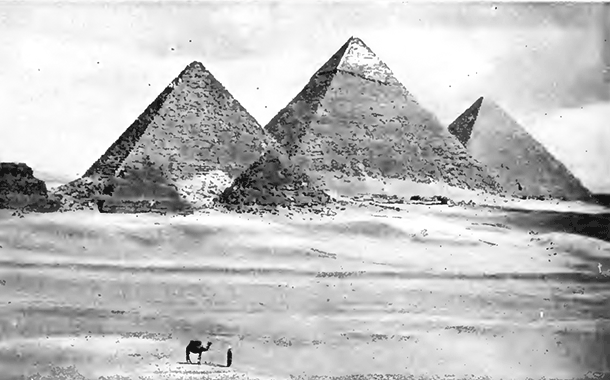<![CDATA[Artefacts dating back to the 12th dynasty of Ancient Egypt are being put up for auction by the American Institute of Archaeology, St. Louise Society Inc. at the Bonhams Auction House. These artifacts are believed to come from the reign of Sesostris II, who ruled Egypt from 1897 - 1878 BC. It continues a worrying trend of museums and archaeological organisations having to sell valuable finds in order to fund their work. The items were initially excavated by the British School of Archaeology between 1913 and 1914 at Tomb 124 in a place called Haregeh, located close to Lahun. These artefacts were then handed over to the American Institute for Archaeology, as payment for their contributions to funding the entire excavation. The Bonhams Auction House has stated that there are no comparable artefacts to the treasures of Harageh. Even when compared to other objects that have been excavated from similar tombs in Egypt, the Harageh items are incredibly distinct, and historically very significant. The treasures are believed to be among the earliest examples of Egyptian jewellery designs. The travertine cosmetic spoon, for instance, with its unique ankh-design handle, is unparalleled in this period. The auction is expected to close in October and hopes to raise between #80000 and #120000. Among the objects that have been put up for auction are: fourteen silver mounted shell pendants, five travertine objects, a silver bee placing, seven silver cowrie shells and ten hard stone and silver jewellery elements. The fact that such unique Ancient Egyptian artefacts are being placed under auction for private buyers is nothing new. Northampton Council, in the UK, recently received immense criticism for auctioning a statue of Sekhemka for approximately #16 million while raising funds for proposed extensions to the Northampton Museum. By carrying out the auction, Northampton Museum lost its Art's Council accreditation. The St. Louise Society Inc. is a part of the American Institute of Archaeology (AIA). It was founded in the year 1906, and has received a gold medal from the Institute for amazing archaeological feats and achievements. Although it might seem strange to see an accredited archaeological institution openly selling prized antique treasures, the sale itself doesn't break any laws. According to the AIA Charter, members cannot participate in the trade of undocumented antiques. They must also refrain from activities that aim to enhance the commercial value of these objects. This auction does neither and can therefore be termed as completely legal. Undocumented antiques refer to antiques that had not been documented as a part of a private or public collection before 30th December 1970. After this date, the AIA Council publicly endorsed the UNESCO Convention on Cultural Property, which states that items excavated after that date must be dealt with in accordance with the laws of the country of origin. According to Jasmine Day, an Egyptologist, the sale of ancient artefacts from Egypt is an extremely poor way to raise funds, because the auction of these items leads the public to believe that they are superfluous and unworthy of the institutions that are selling them. In most cases, many small museums and collections would love to get their hands on such artefacts. Since small museums can rarely afford to compete with private buyers at auction, the artefacts usually disappear into private collections. ]]>
Egypt's Heritage Up for Grabs
